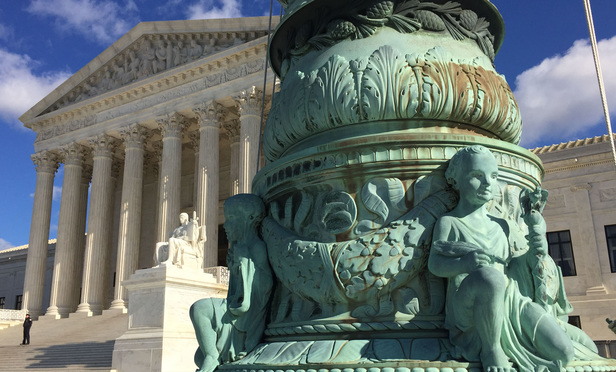On June 13, 2016, the Supreme Court issued a decision that could be a game-changer for patent owners and accused infringers alike. In Halo Electronics, Inc. v. Pulse Electronics, Inc., the Supreme Court made it easier for patent owners to prove willful infringement. Because a finding of willful infringement carries with it the risk that the court may triple the jury’s damages award, the Supreme Court’s decision could impact the risk profile of every patent infringement case for the foreseeable future.
Some history is necessary to appreciate Halo’s impact on patent litigation. A decade ago, once an accused infringer had notice of the patent rights of another, they had a duty to exercise due care to determine whether they were infringing a valid patent. This inquiry was akin to a negligence standard, and mere knowledge of an existing patent could be enough to trigger a willfulness finding.
This content has been archived. It is available through our partners, LexisNexis® and Bloomberg Law.
To view this content, please continue to their sites.
Not a Lexis Subscriber?
Subscribe Now
Not a Bloomberg Law Subscriber?
Subscribe Now
LexisNexis® and Bloomberg Law are third party online distributors of the broad collection of current and archived versions of ALM's legal news publications. LexisNexis® and Bloomberg Law customers are able to access and use ALM's content, including content from the National Law Journal, The American Lawyer, Legaltech News, The New York Law Journal, and Corporate Counsel, as well as other sources of legal information.
For questions call 1-877-256-2472 or contact us at [email protected]





